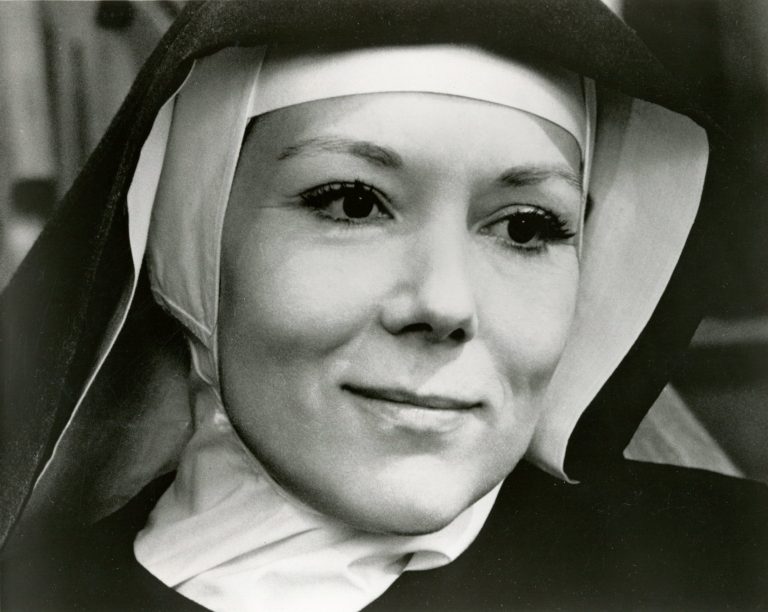
House of Brede
Nuns in films these days tend to conform to two stereotypes: either they cheerfully respond to the spotlights, shedding inhibitions they never knew they had; or they embody gothic horror, subject to unimaginable captivities. There is not much verisimilitude in either extreme. I was thrilled when I discovered the other day that YouTube houses a flickering but still watchable copy of In This House of Brede, George Schaefer’s adaptation for the screen of Rumer Godden’s 1969 novel. Godden knew monastic life and understood it. Not for her saccharine or horrific caricatures. Brede, a Benedictine abbey modelled on known houses, is a place in which people learn what it really means to live, to give up illusion, not to encounter others as projections of one’s own loss or desire. ‘We had to learn’, says a key character, ‘to care less for each other and more for all the rest’, a model of the widening of the heart that engenders not estrangement but homecoming. Sr Philippa, played by Diana Rigg, speaks at the end of an ‘incredible sense of belonging – in the world’, recognition that can be a genuine fruit of contemplative living. The film is not perfect, but worth seeing.
